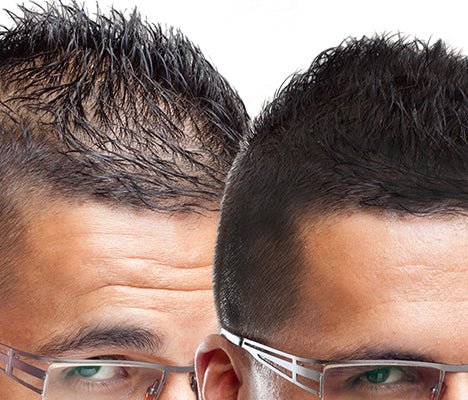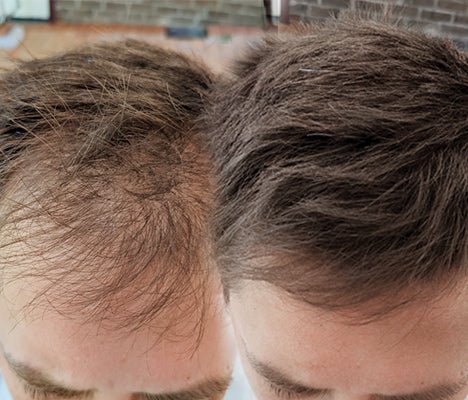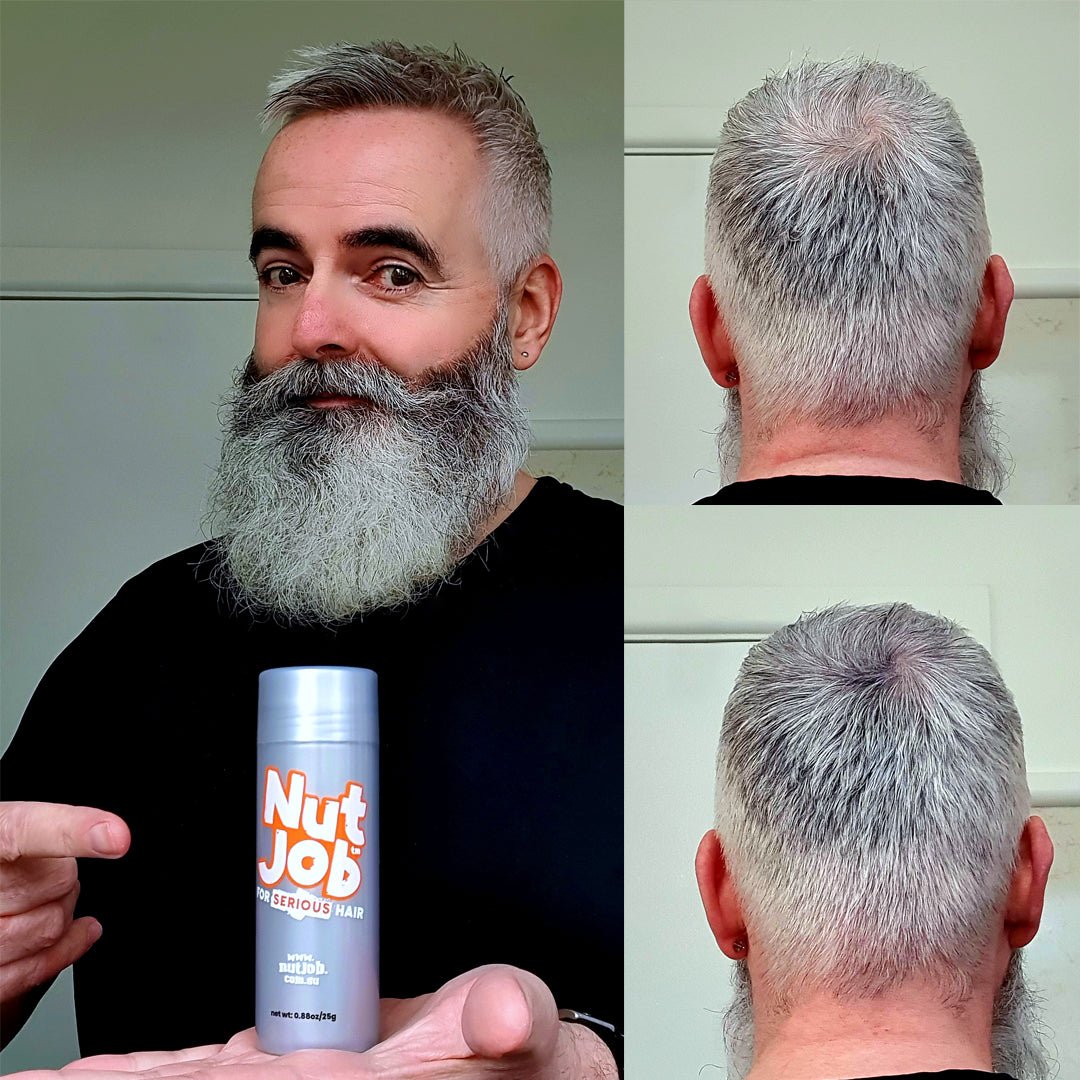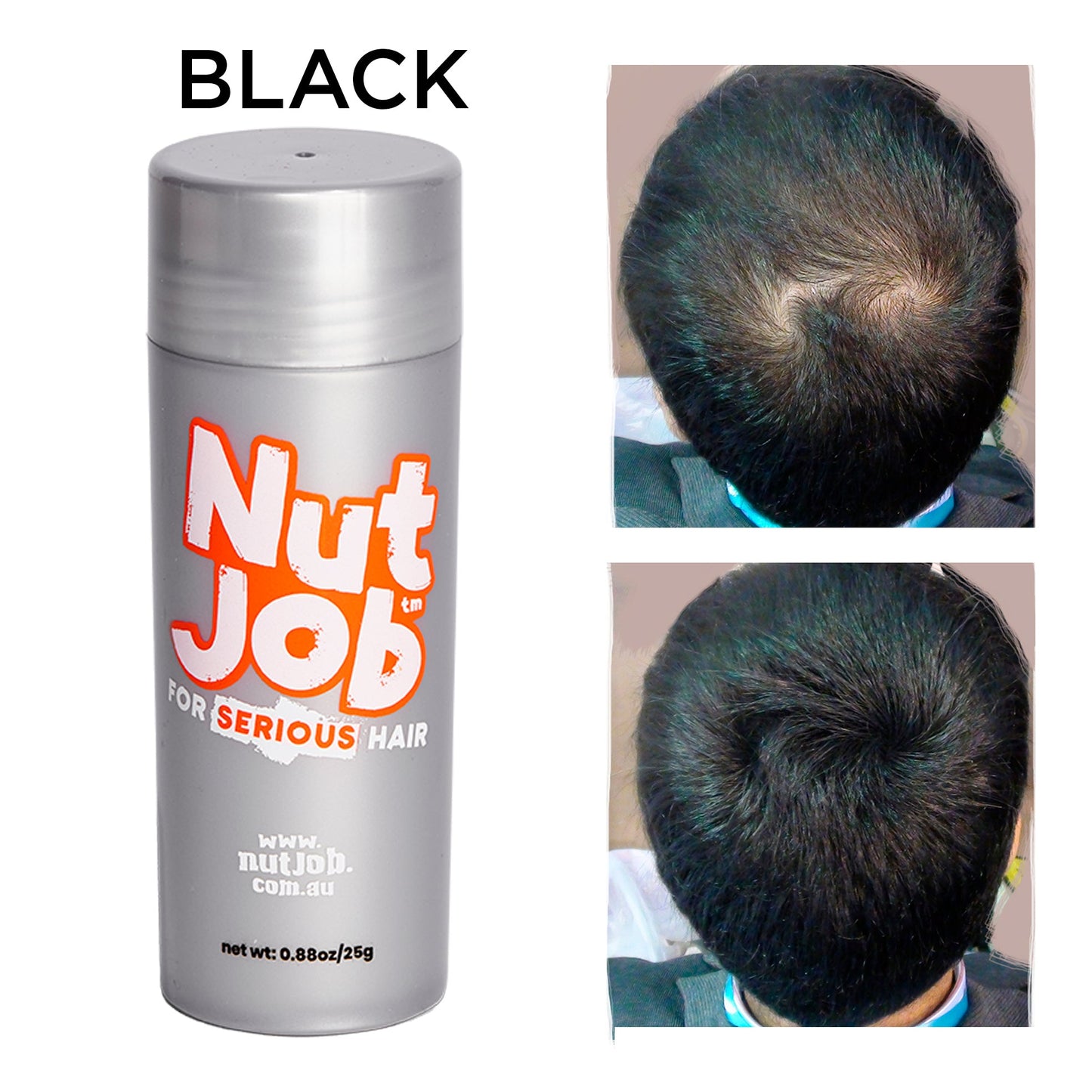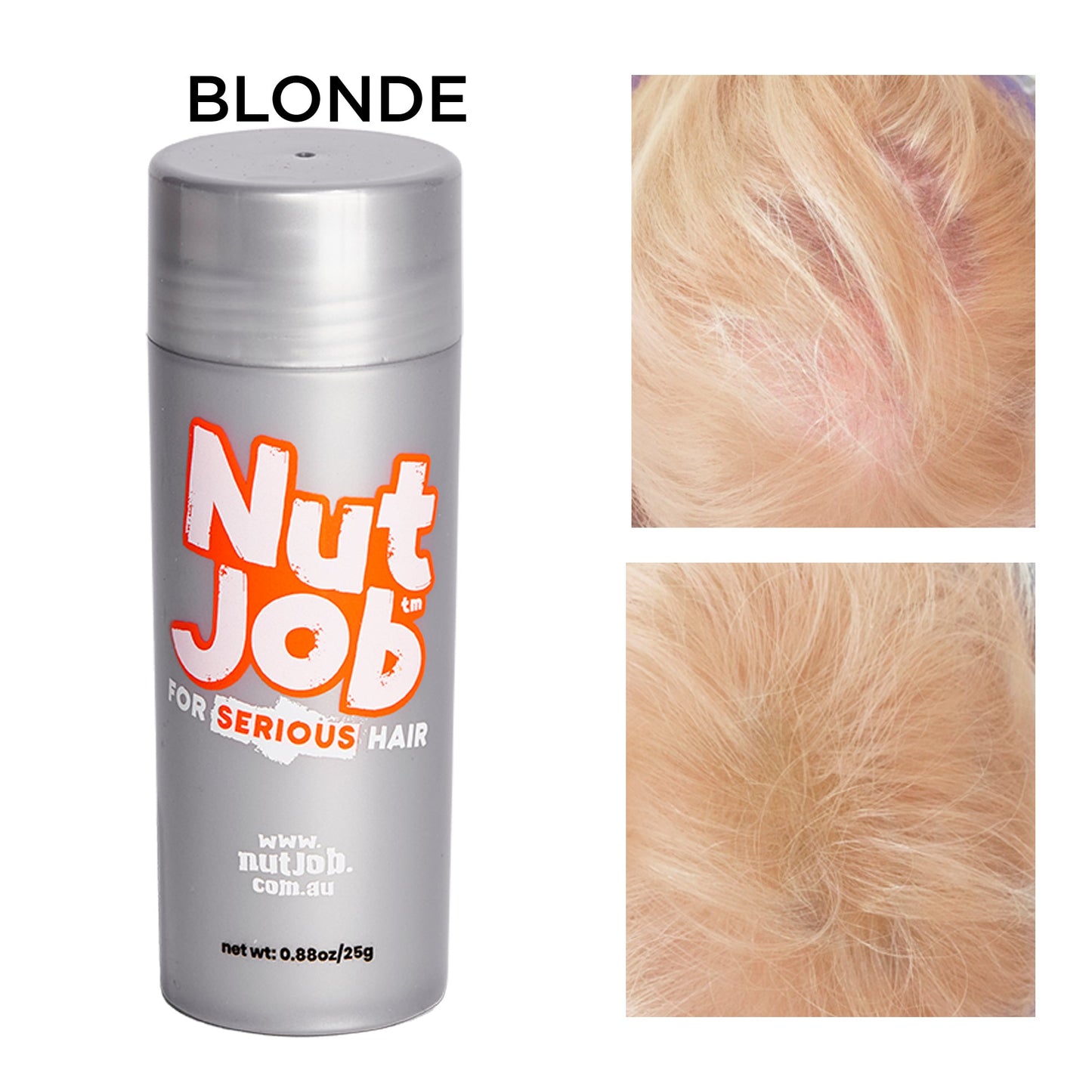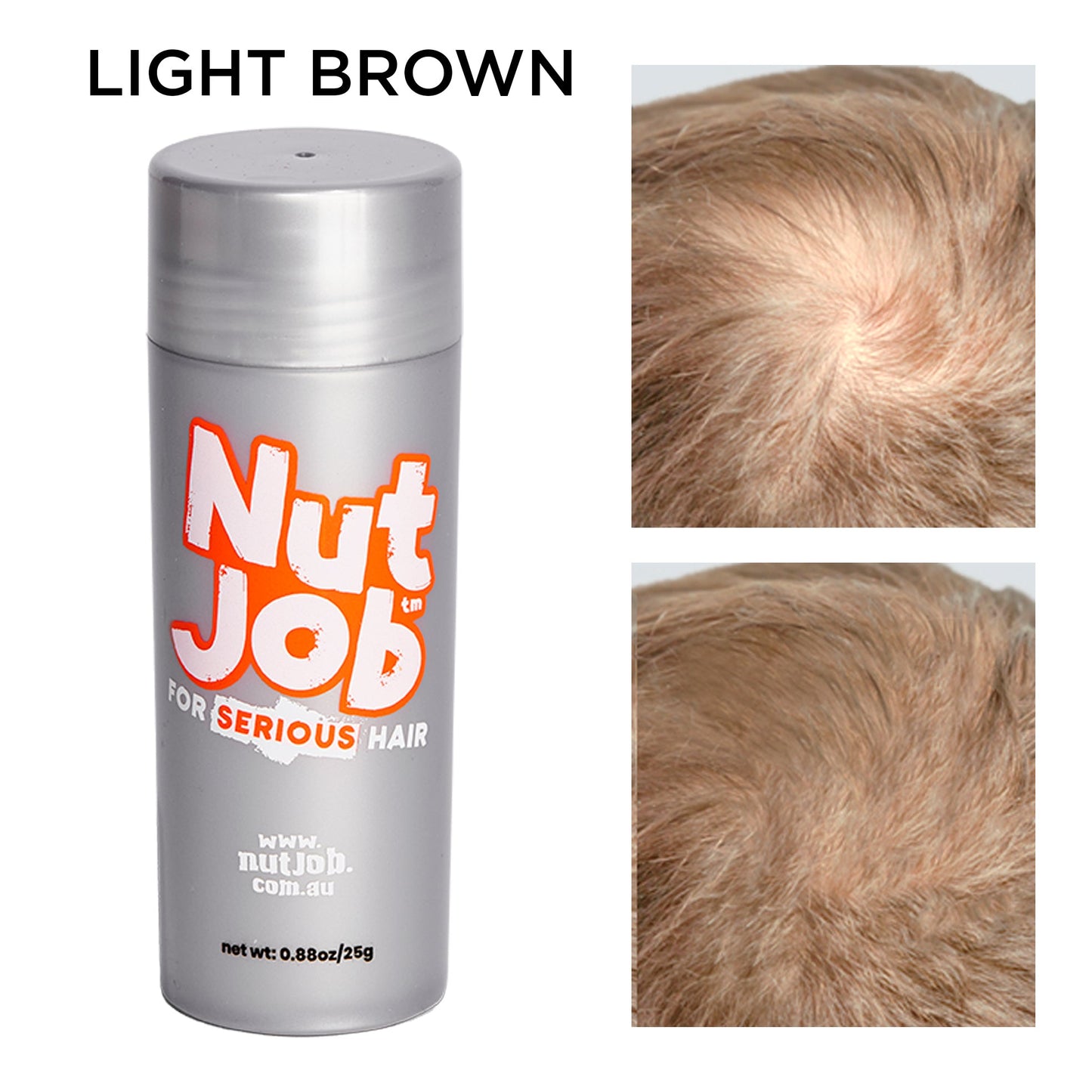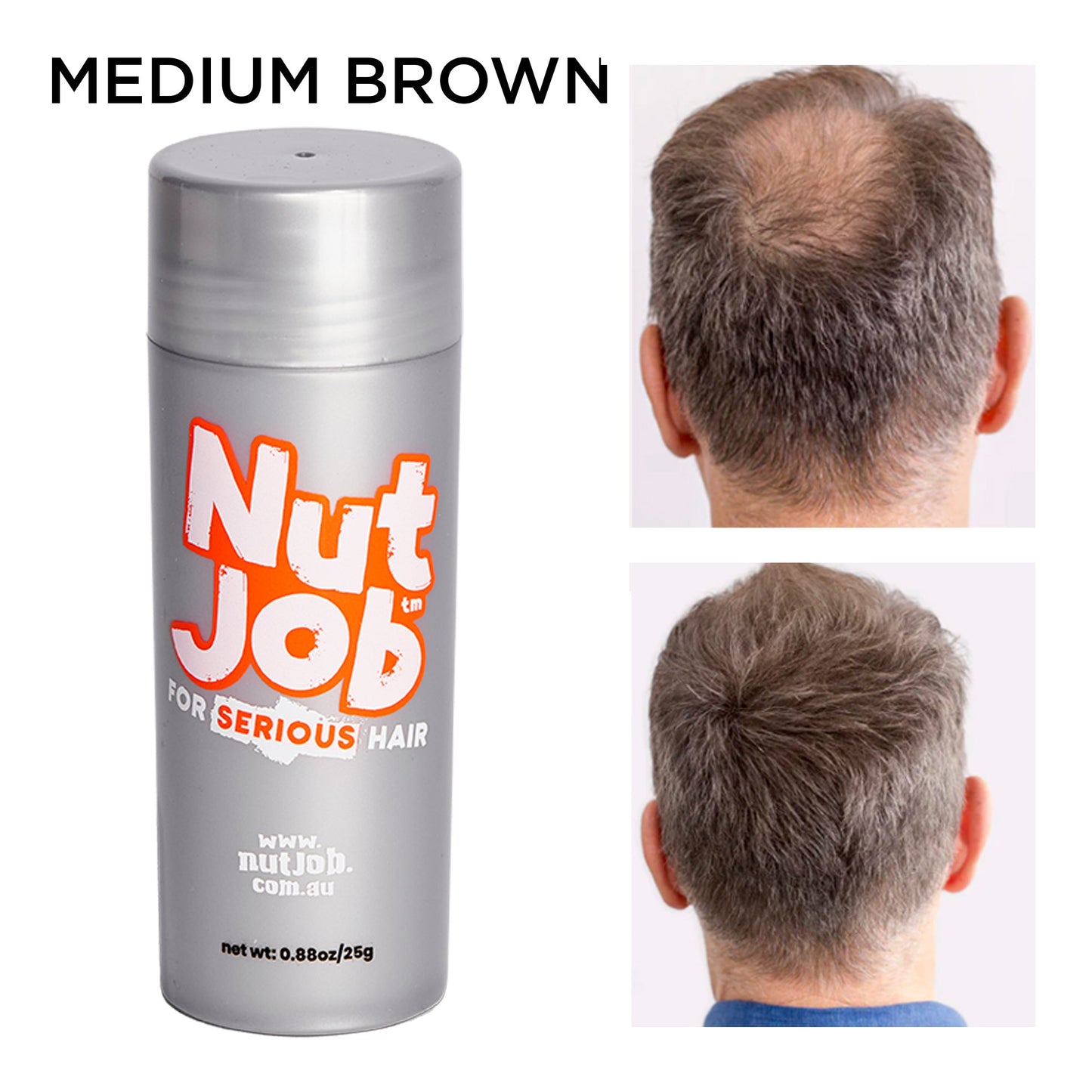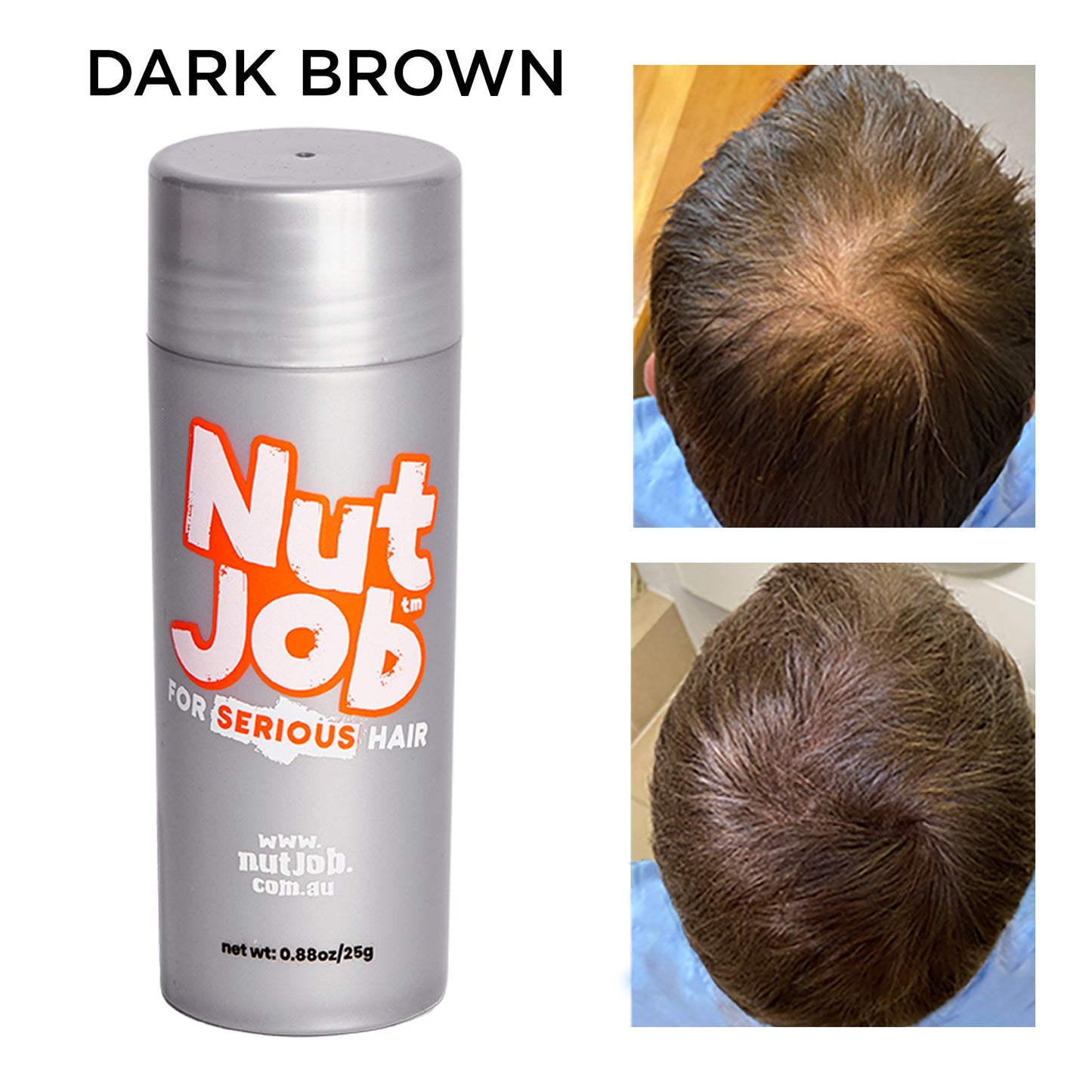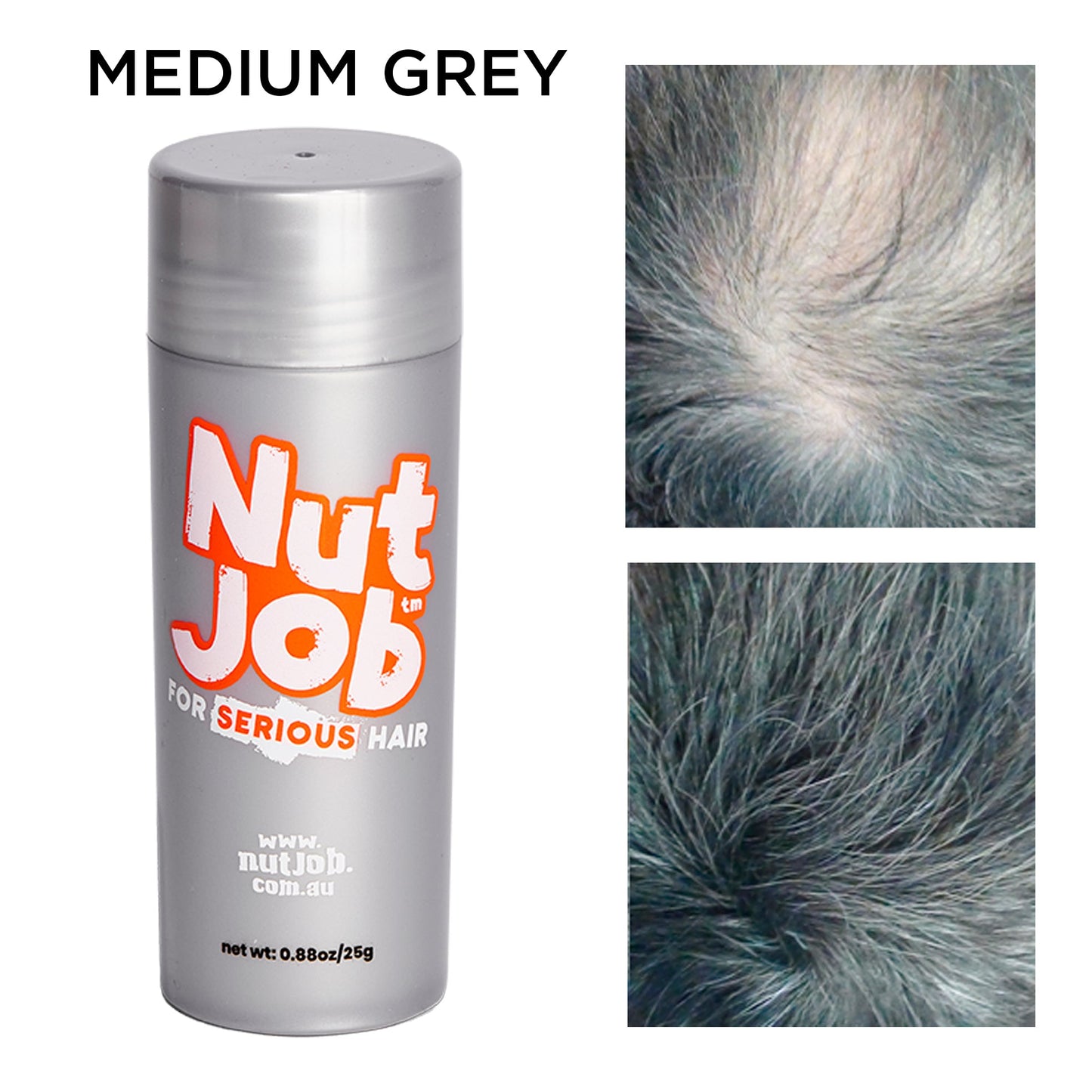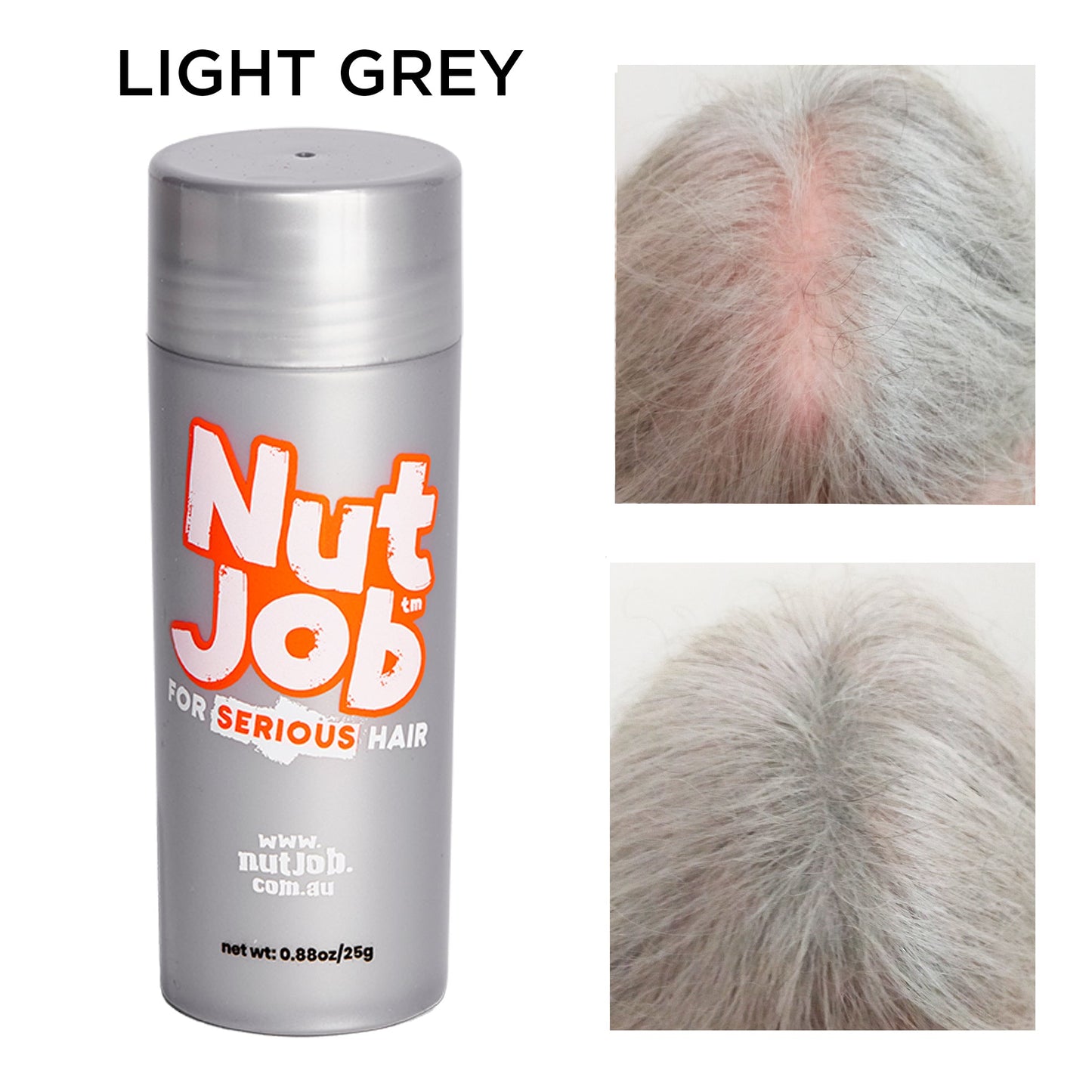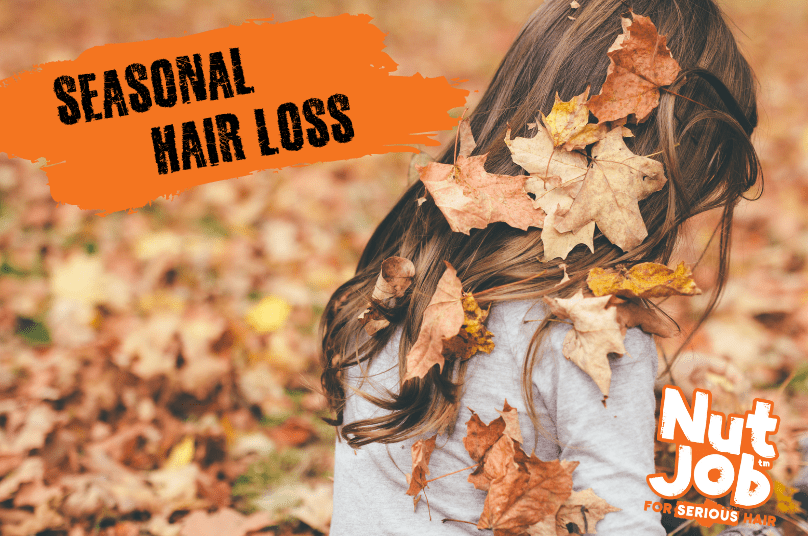
Seasonal Hair Loss
Understanding Seasonal Hair Loss
Have you ever seen that your hair falls out more during certain times of the year? It’s not just you! This happens to lots of people, both men and women. Kind of like how trees lose their leaves in the fall, our hair can go through a similar phase. But don’t worry — it’s usually not a big deal and doesn’t last too long. Seasonal hair loss normally happens for about 6 to 8 weeks and then stops by itself. If your hair keeps falling out for a long time or you’re losing lots of it, though, you might need to visit a specialist to make sure everything is okay.
What Is Seasonal Hair Loss?
Seasonal hair loss, also referred to as seasonal shedding, occurs when hair enters the telogen (resting) phase of its natural growth cycle, leading to increased shedding. This phenomenon can vary by season — for example, many people notice this issue in autumn or spring.
If you’re wondering, is seasonal hair loss a thing? — yes, it is! Seasonal hair shedding happens to us because our bodies notice changes in things like temperature and sunlight. Even though it doesn’t last forever, it might make some people worry, especially if their hair looks thinner during this time.
What Causes Seasonal Hair Loss?
Seasonal hair fall can be triggered by various factors, with environmental changes being a significant contributor. Shifts in weather, humidity, and temperature affect scalp and hair health — colder months can dry out the scalp, while summer humidity may weaken hair roots. Sunlight and hormonal changes also play a role, as reduced exposure to sunlight in autumn and winter impacts hormones like melatonin and prolactin, disrupting the hair growth cycle and causing more hair follicles to enter the shedding (telogen) phase. From an evolutionary perspective, some scientists believe our hair naturally thickens in the summer to protect against UV rays but sheds in the fall when extra coverage is no longer needed. Additionally, seasonal stress on the body, especially during transitional seasons like autumn and spring, can lead to temporary hair thinning, known as seasonal effluvium Together, these factors make seasonal hair fall a common phenomenon for many people.
When Does Seasonal Hair Loss Happen?
Seasonal hair loss can be different for everyone and depends on things like the weather and personal habits. But it’s most common in the fall and spring. A lot of people see more hair falling out in the autumn, especially in March and April, which is when it happens the most. Another time people notice more shedding is in the spring, as our bodies get used to the changes in the seasons. Additionally, for those with sensitive scalps, the dry air of winter can sometimes worsen hair shedding. While the specific "worst" season for shedding differs for everyone, autumn and spring are generally the most reported periods for seasonal hair loss.
How to Prevent or Minimize Seasonal Hair Loss
If you’re wondering how to stop your hair from falling out during certain times of the year or want to keep your hair strong and healthy all year long, here are some helpful tips to try:
1. Prioritize Scalp Health
- Try using a moisturizing shampoo and conditioner made for thinning hair or seasonal hair loss to keep your hair from getting too dry.
2. Manage Stress Levels
Seasonal changes can sometimes make you feel sad or stressed, especially if you get something called seasonal affective disorder. Doing some relaxing things like yoga or meditation can help you feel calmer and less stressed. This can also help stop hair loss that happens because of stress!
3. Use Protective Products
If your hair is falling out more at certain times of the year, try using shampoos made for seasonal hair loss or treatments that help make your hair roots stronger.
When to Consult a Professional?
Seasonal shedding is usually temporary, but excessive or persistent hair loss may indicate underlying medical conditions such as alopecia areata, thyroid issues, or nutrient deficiencies. It's important to consult a trichologist or dermatologist if hair loss lasts longer than 8 weeks, if you notice bald spots or patchy thinning, or if shedding is accompanied by symptoms like itching, redness, or scalp irritation.
Embracing the Seasons While Caring for Your Hair
Start taking care of your hair today! Use gentle products, eat healthy foods, and enjoy every season, knowing your hair will be back to normal before you know it.
If you’re still worried about when your hair will stop shedding or need more help, you can always talk to a hair expert. Every season is a chance to try new ways to take care of yourself — and that includes your hair!

